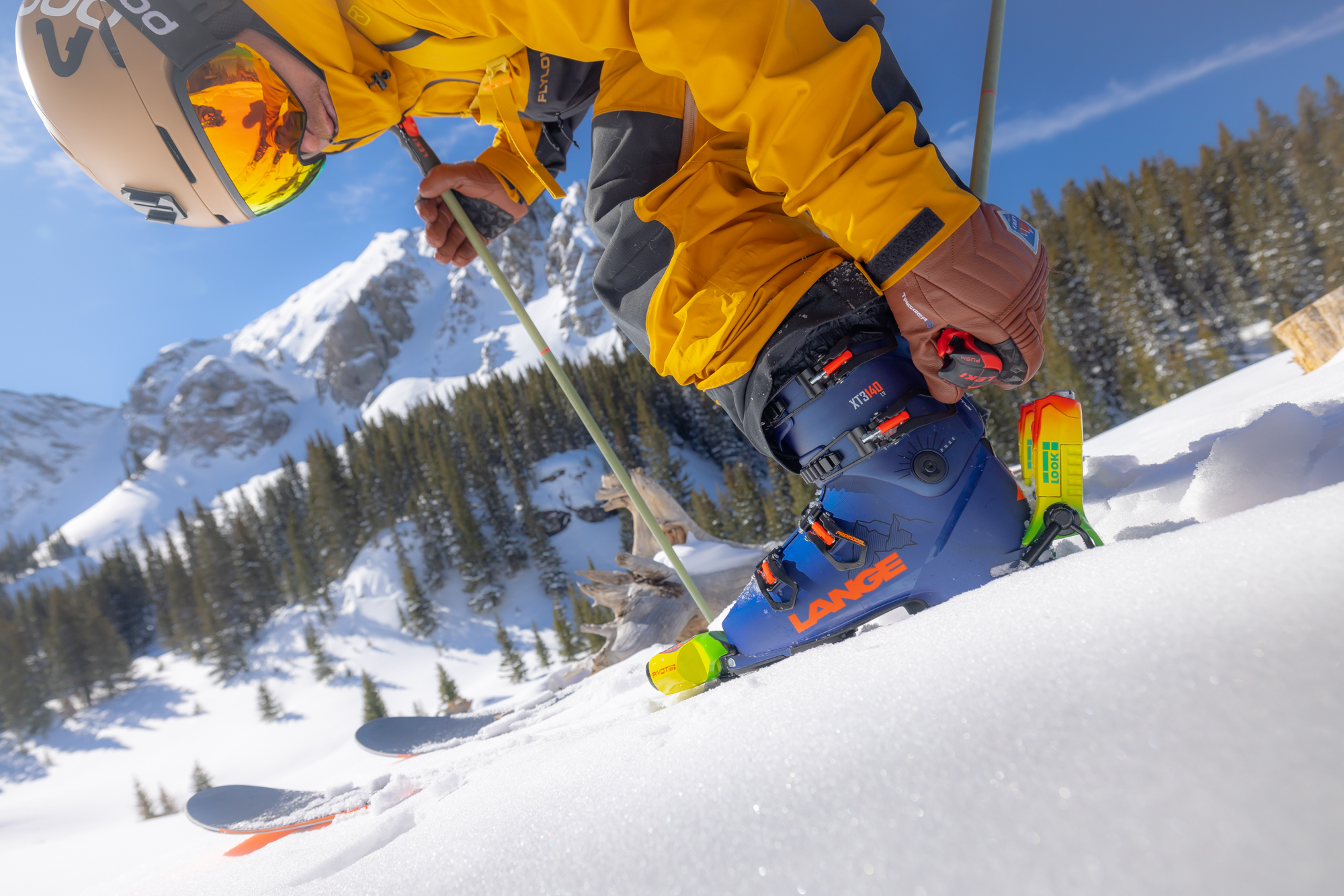A guide to bindings
Martin Chester's guide to bindings - he breaks it down to a simple seven C's


THE SEVEN C’S EXPLAINED:
❆ Choice – the range of bindings is no less numerous and diverse; but they are starting to cluster into obvious groups. You can quickly get in the right range, once you know your intended use.
❆ Competition – with the amazing array of touring bindings on offer, competition between brands is stiffer than ever.
❆ Category – the three main groups are:
❆ Cunning – once again, the devil really is in the detail with some really clever innovations. Marker have updated the toe piece on the Alpinist (& Kingpin) binding; ATK use cunning cams to give an adjustable DIN in a shorter, lighter, heel tower; Dynafit have been engineering a comeback into the domain they used to dominate. Each have their own USPs, so do your homework.
❆ Compatibility – unless you want to change your full setup, you mustn’t forget the boots. No need to repeat here (just check out fall-line.co.uk/ask-martin-chester-which-boots-fit which-bindings), but if, for example, you need a big boot to drive a big ski, then it makes sense that the interface between the two is in the same burly class. On the simplest level, you need tech inserts in your boot to fit into a pin binding. But if you don’t know your ISO 9523 from your GripWalk then you need a good retailer to help you.
❆ Combinations – you need to be clear what you want the whole rig to do, for most of the time, to get the right combo.
❆ Compromise – I hate to break it to you but you still can’t have it all. Which is more important? Saving weight or freeride performance?
Here’s our Editors’ Choice ski bindings for Winter 22/23 below, or order our Gear Guide for the full reviews with more 22/23 featured ski bindings.